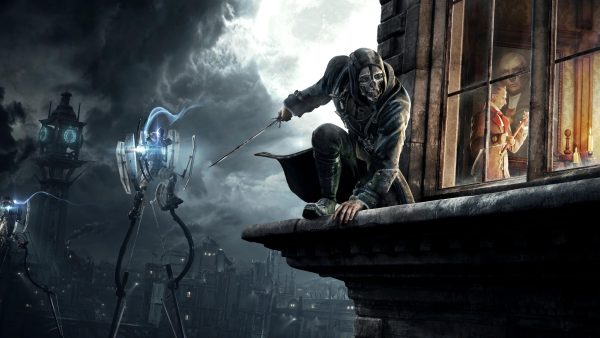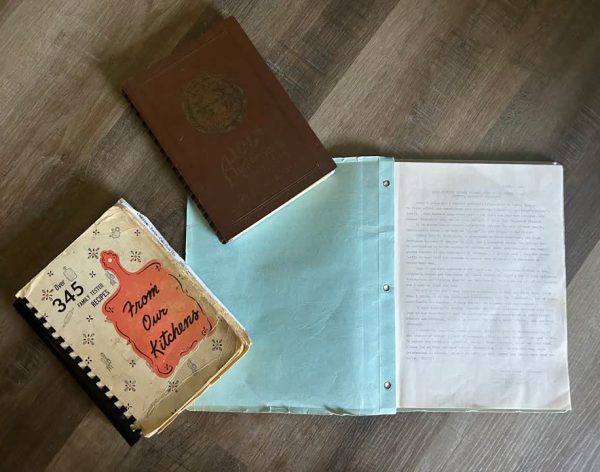Getting Weird
Jack the Ripper and Oscar Wilde: The odd couple
More stories from Alyssa Anderson
There are two things in this world I love more than anything: conspiracy theories and great literature. As you know by now, I’m always game to spend hours searching the dark recesses of the interweb, but lately I have become suspicious that I may have already exhausted all possible conspiracies.
Until recently, I felt like nothing could surprise me. Bohemian Grove? Yawn. New World Order? Ugh, next. Lizard people? Tell me something I don’t know. For the last few weeks, I’ve been afraid my worst nightmare has finally become reality — there are no more conspiracies left for me. Just when I felt I had lost all hope, I came across something in a book that re-ignited the conspiracy fire inside me.
Late last night, I sat up reading “Zodiac” by Robert Graysmith which, for those who are unfamiliar, is the most thorough compilation of research available on the Zodiac Killer and is a book I highly recommend for any of my fellow true crime junkies.
Anyway, as I’m flipping through the pages, something on the page sucked the breath right out of my lungs. Oh so casually, as if he was mentioning the weather, Graysmith mentioned a conspiracy where the legendary author Oscar Wilde knew the identity of the world’s first known serial killer, Jack the Ripper. Allegedly, Graysmith said, clues to the killer’s identity are hidden in Wilde’s most notable book, “The Picture of Dorian Gray.”
I just about lost it. “The Picture of Dorian Gray” has been in my top five favorite books since I was 15 years old, so how have I never heard this theory before? My prayers were answered.
Overcome by the rush I always get after finding a new conspiracy theory, I slammed my book shut, fired up my laptop and began investigating. But, before I get ahead of myself, I think it’s time for a little backstory.
From 1888 to 1891, an unknown killer terrorized the Whitechapel district of London. This mysterious murderer preyed on “ladies of the night” and brutally slaughtered them, leaving behind cryptic messages for the police. The slayings were so vicious (I’ll spare you the details) that the name Jack the Ripper was coined to identify him.
In the four years when Jack the Ripper was active, he claimed the lives of five people. To this day, no one has the foggiest idea who he was. And that’s where my friend Oscar Wilde comes in.
Published in 1891, the same year as The Ripper’s final known slaying, “The Picture of Dorian Gray” is a Gothic novel that was highly provocative for its time. In this world-renowned book, Oscar Wilde, a closeted gay man, tells the tale of a London man named Dorian Gray who has a bit of an inflated ego.
Dorian is quite handsome and loves checking himself out, so he has a portrait made of him. As the novel develops, Dorian becomes more and more of a jerk. With every act of debauchery, Dorian’s portrait changes a little. After 18 years of sex, drugs and murder, the portrait morphed into a complete monster, yet Dorian hasn’t aged a day. I don’t want to spoil too much for you, but “The Picture of Dorian Gray” perfectly encapsulates the vibe of London during Jack the Ripper’s reign of terror.
Because Wilde and The Ripper were in London at the same time, many theorists argue that Wilde may have been Jack the Ripper all along. But, I disagree. If we decide to rely on this logic, one could argue that five-year-old Tom Cruise could have committed the first Zodiac murder in 1968 because he was in San Francisco at the time.
While I don’t believe Wilde himself was Jack the Ripper, there is evidence that hints Wilde may have known the killer’s identity. In Thomas Toghill’s 2008 book “The Ripper Code, he argues the character of Dorian Gray was based off one of Wilde’s lovers, who just so happened to be Jack the Ripper.
According to Toughill, Dorian’s transformation from a privileged, well-liked man into a drug using murderer is an allusion to the identity of Jack the Ripper. Although “The Ripper Code” only has a measly three stars on Goodreads, Toughill’s theory is certainly worth looking in to.
Perhaps no one will ever know the true identity of the man responsible for those grisly murders that occurred more than 100 years ago, but I say we should not lose hope. In the meantime, you can find me tracking down “The Ripper Code” and re-reading “The Picture of Dorian Gray” searching for clues.
I will not rest until I find answers.
Anderson can be reached at [email protected].











